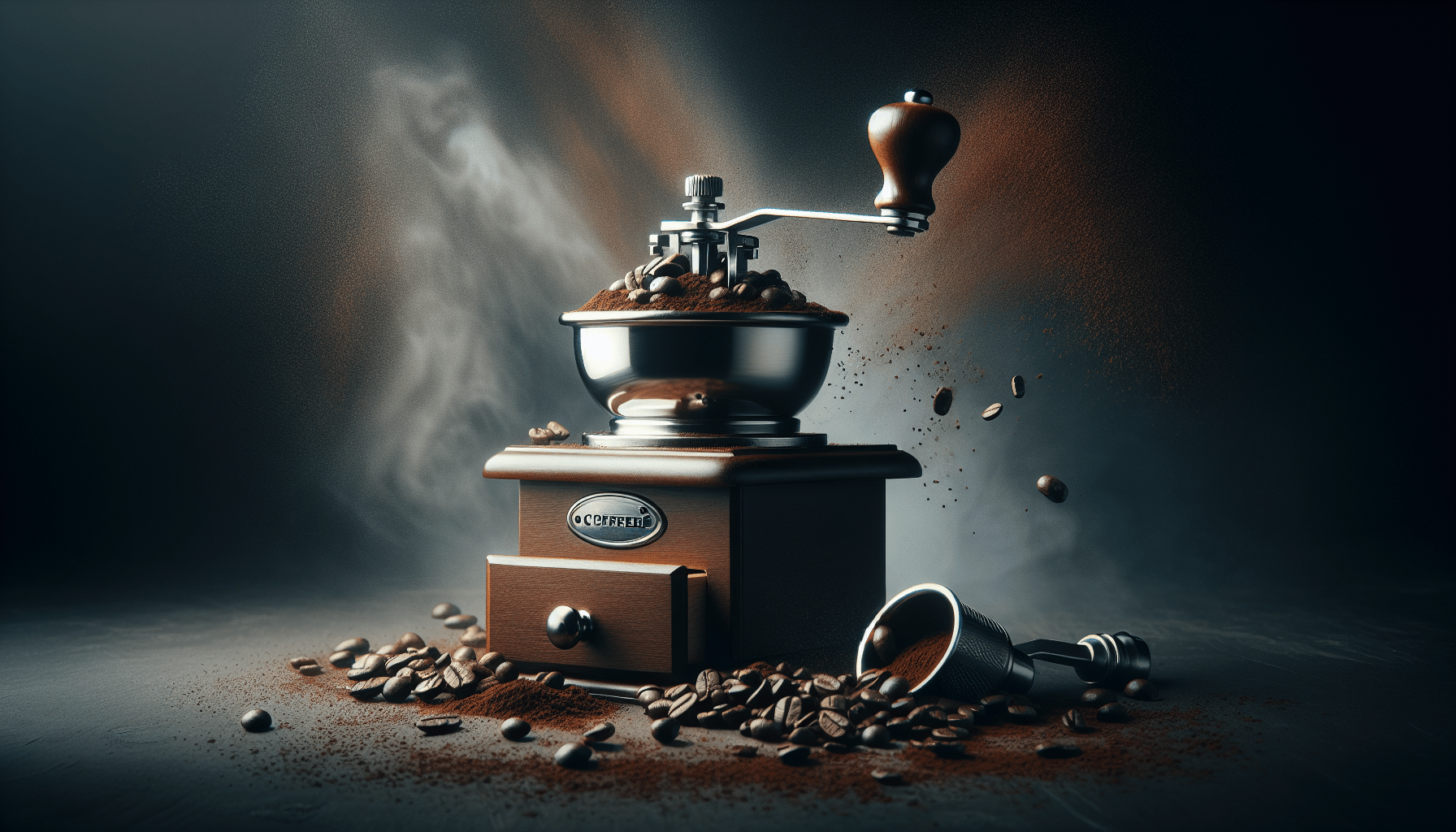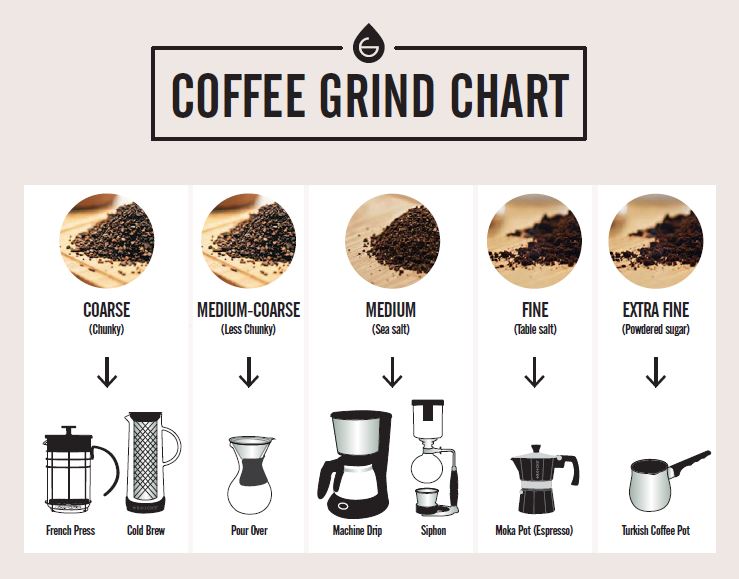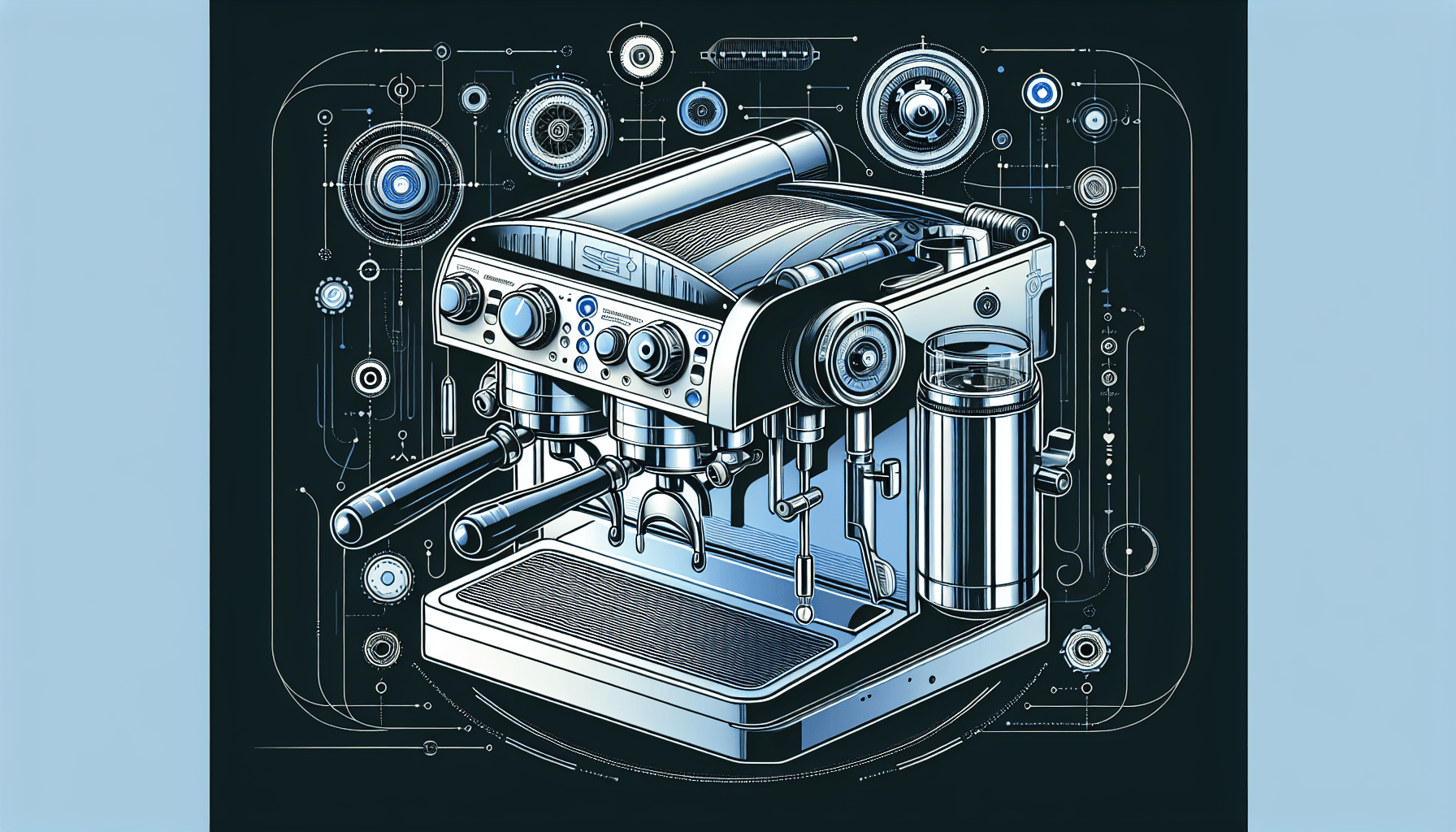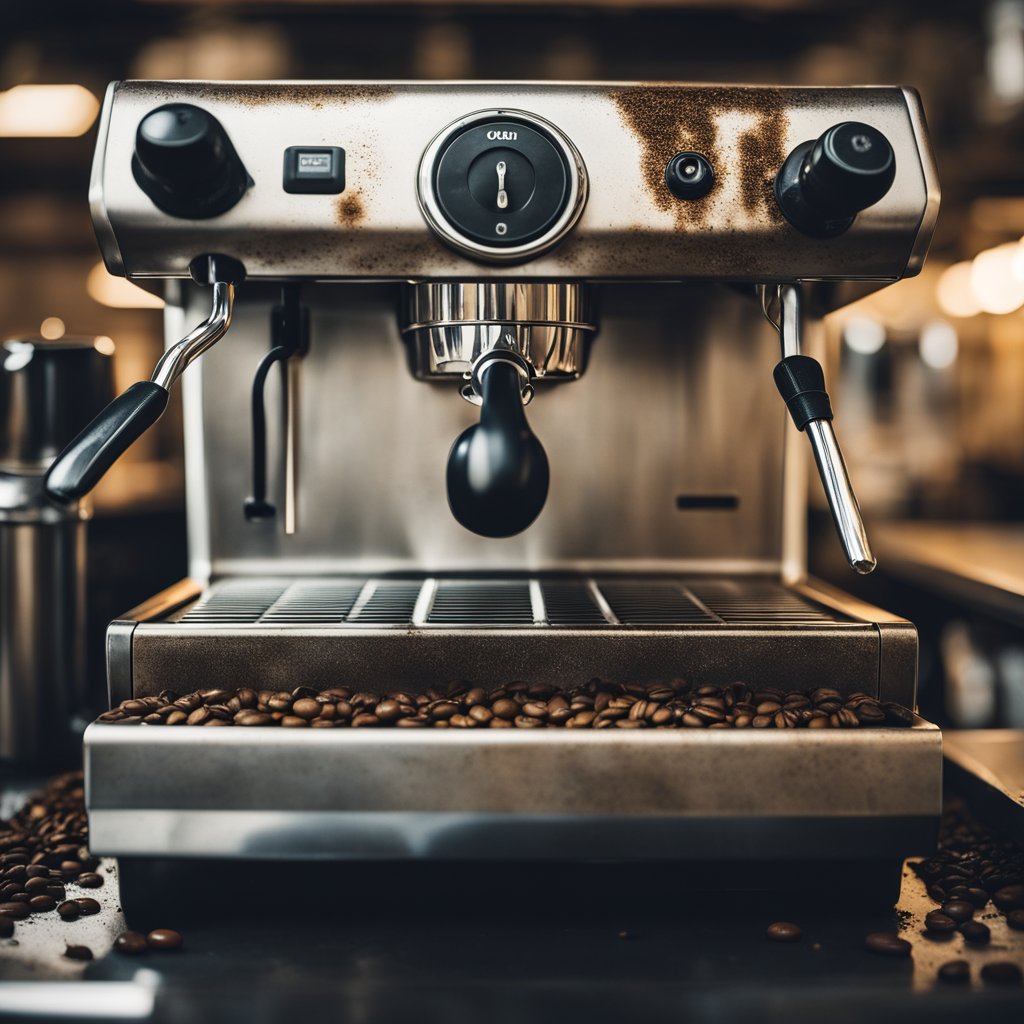Are you tired of consistently getting the same weak cup of coffee from your drip coffee maker? Well, fret no more! In this article, we will show you exactly how to adjust the strength of coffee brewed in a drip coffee maker, ensuring you get the perfect cup of joe every time. No more settling for lackluster coffee when you can easily make it stronger or milder to suit your taste preferences. So get ready to become a master coffee brewer as we dive into the world of adjusting coffee strength in a drip coffee maker.
Understanding coffee strength
What is coffee strength?
Coffee strength refers to the intensity or boldness of the coffee’s flavor. It is a subjective measure that is influenced by various factors such as the coffee to water ratio, grind size, brewing time and temperature, the type of coffee beans used, and even the type of filter used during brewing. Understanding coffee strength is crucial in order to achieve the perfect cup of coffee that suits your taste preferences.
Factors influencing coffee strength
Several factors contribute to the strength of coffee. One of the primary factors is the coffee to water ratio, which determines the concentration of coffee in the final brew. The grind size of the coffee beans also plays a significant role as it affects the surface area of the coffee particles exposed to water during extraction. Brewing time and temperature impact the extraction process, with longer brew times and higher temperatures generally resulting in a stronger flavor. Additionally, the type of coffee beans used, as well as the type of filter used during brewing, can influence the strength of the coffee.
Importance of adjusting coffee strength
Adjusting the strength of your coffee is essential in order to create a cup that is perfectly tailored to your taste preferences. By making adjustments to factors such as the coffee to water ratio, grind size, brewing time and temperature, the type of coffee beans, and the filter used, you can create a cup of coffee that is either milder or stronger in flavor. This allows you to fully enjoy the nuances of different coffee beans and create a coffee experience that suits your individual preferences.
Methods to adjust coffee strength
1. Adjusting coffee to water ratio
The coffee to water ratio is an important factor in determining the strength of your coffee. Experimenting with different ratios can help you achieve your desired flavor profile. A higher coffee to water ratio will result in a stronger brew, while a lower ratio will produce a milder cup of coffee. It is important to note that varying the ratio will also affect the overall extraction, so it is crucial to find the right balance for your taste preferences.
2. Grind size and its impact
The size of your coffee grounds also plays a significant role in determining the strength of your brew. Finely ground coffee extracts more quickly and thoroughly, resulting in a stronger flavor. On the other hand, coarsely ground coffee requires a longer brew time and produces a milder cup. Experimenting with different grind sizes allows you to find the perfect balance between strength and extraction for your desired flavor.
3. Brewing time and temperature
The brewing time and temperature have a direct impact on the strength of your coffee. A longer brewing time and higher temperature generally lead to a stronger extraction. However, it is important to note that excessively high temperatures can result in a bitter taste. Adjusting the brew time and temperature allows you to fine-tune the strength of your coffee and achieve the desired flavor profile.
4. Using different coffee beans
The type of coffee beans used also affects the strength of your brew. Different varieties of coffee beans have unique flavor profiles and strengths. Experimenting with different types of beans, such as Arabica or Robusta, allows you to explore a range of flavors and find the perfect balance of strength for your taste preferences.
5. Experimenting with different filter types
The type of filter used during brewing can also impact the strength of your coffee. Paper filters generally result in a cleaner and milder cup, while metal filters allow more oils and sediments to pass through, resulting in a stronger flavor. By experimenting with different filter types, you can adjust the strength of your brew to suit your personal preference.
Adjusting coffee to water ratio
Understanding the ratio
The coffee to water ratio refers to the amount of coffee used in relation to the amount of water during brewing. It is usually expressed as a ratio, such as 1:16, which means one part coffee to sixteen parts water. Understanding the ratio is crucial as it determines the concentration of coffee in the final brew and ultimately affects the strength of your coffee.
Effect of different ratios on coffee strength
Varying the coffee to water ratio allows you to adjust the strength of your brew. A higher ratio, such as 1:12, will result in a stronger cup of coffee, while a lower ratio, such as 1:18, will produce a milder flavor. It is important to note that changing the ratio will also impact the overall extraction, so it is crucial to experiment and find the right balance that suits your taste preferences.
Finding the right ratio for your taste
Finding the perfect coffee to water ratio for your taste may require some experimentation. Start by using a standard ratio, such as 1:16, and then adjust from there according to your preference. If you prefer a stronger coffee, gradually decrease the amount of water or increase the amount of coffee. Conversely, if you prefer a milder cup, increase the amount of water or decrease the amount of coffee.
Tips for adjusting the ratio correctly
When adjusting the coffee to water ratio, it is important to keep in mind the desired strength while also considering the overall taste and balance of the coffee. Make small adjustments and take note of the results to help fine-tune the ratio to your preference. It is also important to ensure that you are using accurate measurements and maintaining consistency in order to achieve consistent results.
Grind size and its impact
The importance of grind size
Grind size plays a crucial role in determining the strength of your coffee. Finely ground coffee increases the surface area of the coffee particles, allowing for more extraction and resulting in a stronger brew. Coarsely ground coffee, on the other hand, requires a longer brew time and produces a milder cup. Understanding the importance of grind size helps you create the desired strength and flavor profile.
Finding the right grind size for your desired strength
Experimenting with different grind sizes allows you to find the perfect balance between strength and extraction. If you prefer a stronger cup of coffee, try using a finer grind. Conversely, if you prefer a milder cup, opt for a coarser grind. It is important to note that different brewing methods may require different grind sizes, so it’s important to consider the specific requirements of your brewing equipment.
How grind size affects extraction
The size of the coffee grounds directly impacts the extraction process. Finely ground coffee extracts more quickly and thoroughly, resulting in a stronger flavor. On the other hand, coarsely ground coffee requires a longer brew time and produces a milder cup. By adjusting the grind size, you can control the extraction process and achieve the desired strength in your coffee.
Tips for adjusting grind size
When adjusting the grind size, it is best to make small incremental changes and evaluate the results. If the coffee tastes too weak, try using a finer grind. If it tastes too strong or bitter, opt for a coarser grind. Take note of the adjustments made and their impact on the flavor. It is also important to consider the brewing method and equipment used, as different methods may require specific grind sizes for optimal results.
Brewing time and temperature
Understanding the impact of time and temperature
Brewing time and temperature have a direct impact on the strength of your coffee. The longer the coffee is steeped or brewed and the higher the temperature, the stronger the extraction and flavor. However, it is important to find the right balance, as excessively high temperatures or extended brewing times can lead to bitterness or over-extraction.
Effect of longer brewing time on strength
A longer brewing time allows for more extraction of the coffee flavors, resulting in a stronger cup. However, it is crucial to ensure that the brewing time does not exceed the optimal range for your desired flavor profile. Overbrewing can lead to bitterness and an unbalanced taste.
Adjusting temperature for desired strength
Temperature also plays a significant role in coffee extraction. Higher temperatures generally result in a stronger flavor, while lower temperatures produce a milder cup. It is important to find the optimal temperature range for your taste preferences and brewing equipment in order to achieve the desired strength.
Tips for controlling brewing time and temperature
To control brewing time, it is recommended to use a timer or follow the instructions specific to your brewing method. Experiment with different brew times within the recommended range and evaluate the results to find your preferred strength. Similarly, using a thermometer or temperature-controlled kettle can help maintain the desired brewing temperature. Take note of the brewing time and temperature adjustments made and their impact on the flavor to help refine your brewing process.
Using different coffee beans
Types of coffee beans
There are various types of coffee beans available, each with its own unique flavor characteristics. The most common types include Arabica and Robusta beans, which have different levels of intensity and strength. Exploring different types of coffee beans allows you to discover a range of flavors and find the perfect strength that suits your taste.
Differences in strength based on coffee beans
Different coffee beans exhibit varying levels of strength in their flavor profiles. Arabica beans, known for their nuanced and delicate flavors, tend to produce a milder cup of coffee. On the other hand, Robusta beans often have a stronger and more robust taste, making them ideal for those seeking a bolder cup. By experimenting with different coffee beans, you can tailor the strength of your brew to your liking.
Blending coffee beans for desired strength
One way to adjust the strength of your coffee is by blending different types of coffee beans. By combining beans with varying flavor profiles and strengths, you can create a unique blend that suits your taste preferences. This allows you to customize the strength of your cup and explore a wider range of flavors.
Exploring different bean origins for varying strengths
The region in which the coffee beans are grown also affects their flavor profile and strength. Different coffee-growing regions produce beans with distinct characteristics. For example, beans grown in South America often have a milder flavor profile compared to those grown in Africa, which tend to be more vibrant and full-bodied. Exploring beans from different origins expands the possibilities for finding your desired strength and flavor.
Experimenting with different filter types
Understanding filter types
There are several types of filters available for coffee brewing, including paper filters, metal filters, and cloth filters. Each filter type has its own impact on the strength of the coffee. Paper filters tend to produce a cleaner and milder cup, while metal filters allow more oils and sediments to pass through, resulting in a stronger flavor. Cloth filters offer a unique balance between the two.
Impact of filters on coffee strength
The choice of filter directly affects the strength and flavor of your coffee. Paper filters trap more oils and particles, resulting in a lighter-bodied cup. Metal filters allow more oils and particulates to pass through, resulting in a stronger and more full-bodied brew. The type of filter used is a matter of personal preference and the desired strength of your coffee.
Choosing the right filter for desired strength
To achieve the desired strength, it is important to select a filter that matches your taste preferences. If you prefer a milder cup, opt for a paper filter. If you prefer a stronger flavor with more body, a metal filter may be the better choice. Cloth filters offer a middle ground, allowing for a cleaner cup with more flavor compared to paper filters.
Tips for experimenting with different filters
Experimenting with different filter types allows you to discover the strength and flavor profile that best suits your taste. Start by trying different filters with the same coffee beans and brewing method to understand their impact on the overall strength. Take note of the flavor differences and adjust your brewing technique accordingly to achieve the desired strength and taste.
Considering other brewing variables
Water quality and its influence on strength
Water quality is an often overlooked factor that can significantly impact the strength and taste of your coffee. Water with a high mineral content can lead to a stronger and more pronounced coffee flavor, while water with a low mineral content may result in a milder cup. It is important to consider the quality and characteristics of your water when adjusting the strength of your coffee.
Pre-infusion techniques for adjusting strength
Pre-infusion refers to the process of saturating the coffee grounds with a small amount of water before the main brewing. This technique allows for better extraction and control over the strength of your coffee. By adjusting the pre-infusion time, you can achieve a stronger or milder cup, depending on your preference.
Post-brewing adjustments for desired strength
If the strength of your brewed coffee is not optimal, there are several post-brewing adjustments you can make. Diluting the coffee with hot water will reduce the strength, while adding more coffee grounds and brewing again will increase the strength. These adjustments allow you to fine-tune the strength and taste to your liking.
How to troubleshoot if the strength is still not optimal
If you find that the strength of your coffee is still not optimal despite making adjustments to various brewing variables, there are a few troubleshooting steps you can take. Ensure that your coffee grounds are fresh and properly stored to maintain their flavor. Clean your brewing equipment regularly to prevent any residue or build-up that may affect the extraction. Finally, consider consulting with a coffee professional or barista who can provide guidance and insights into improving the strength of your brew.
Tasting and adjusting brewed coffee
Understanding the importance of tasting
Tasting your brewed coffee is a crucial step in adjusting the strength. By tasting the coffee, you can evaluate its flavor profile, strength, and balance. This allows you to make informed adjustments to achieve the desired taste and strength.
Evaluating the strength of brewed coffee
When evaluating the strength of your coffee, consider factors such as the intensity and boldness of the flavor. Pay attention to any bitterness or sourness that may indicate over or under-extraction. The strength is a subjective measure, so trust your taste buds and adjust accordingly.
Making adjustments based on taste
Based on your tasting evaluation, make adjustments to the coffee to water ratio, grind size, brewing time, temperature, or even the type of coffee beans used. Start with small changes and evaluate the impact on the flavor. By gradually making adjustments based on taste, you can find the perfect strength that suits your individual preference.
Refining the strength gradually
Refining the strength of your coffee is an ongoing process. By implementing small adjustments and evaluating the results, you can gradually refine the strength to your liking. Take note of the adjustments made and the impact on the flavor to help create a consistent and enjoyable coffee brewing experience.
The art of finding your perfect strength
Personal preferences and experimentation
Finding your perfect coffee strength is a personal journey that requires experimentation and exploration. What may be considered a perfect strength by one person may not be the same for another. Embrace the opportunity to experiment and discover your own unique taste preferences.
Documenting adjustments and results
As you adjust the strength of your coffee, it is helpful to document the changes made and the results observed. Keeping a record allows you to track your progress and helps in understanding which adjustments yield the best outcomes. This documentation can serve as a valuable reference for future brewing sessions.
Enjoying the process of finding the perfect strength
Adjusting the strength of your coffee should be a fun and enjoyable process. Take the time to explore different factors, such as the coffee to water ratio, grind size, brewing time and temperature, as well as the type of coffee beans and filter used. Enjoy the journey of discovering the perfect strength that complements your taste and preferences.
Sharing your knowledge and experience with others
Once you have found your perfect coffee strength, consider sharing your knowledge and experience with others. Coffee is a universal language that brings people together, and by sharing your insights, you can contribute to the enjoyment of coffee for fellow coffee enthusiasts. Whether it’s through writing, brewing demonstrations, or simply sharing a cup of coffee, your knowledge can inspire others to explore and appreciate the art of adjusting coffee strength.




